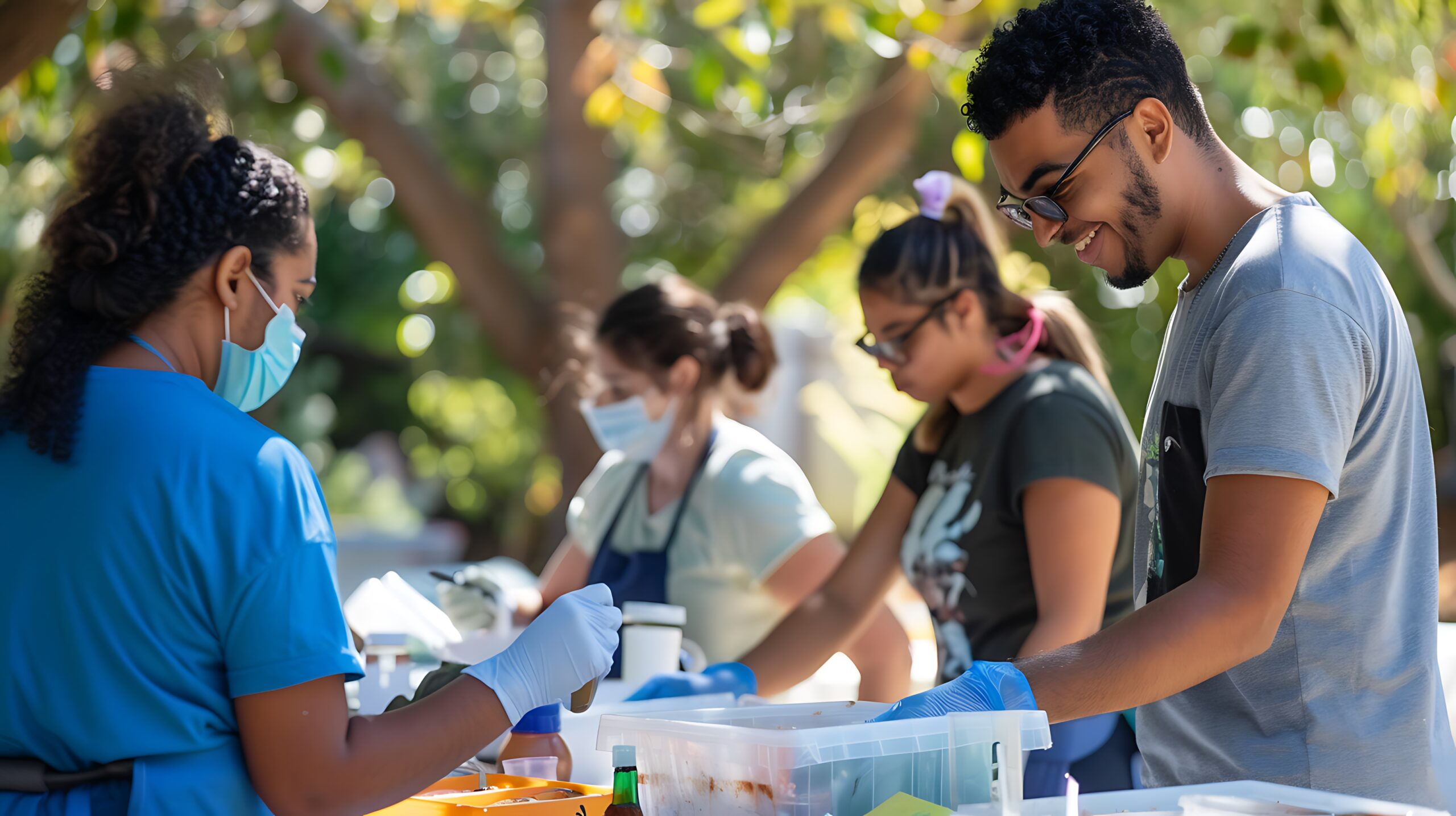Microprojects That Spark a Health Revolution from the Ground Up
Where responses are slow to arrive, communities take action. Many of their projects have achieved a significant impact.

Public policies often leave out certain population groups, either due to lack of infrastructure or differing priorities. But those groups also deserve answers. That is where health microprojects are becoming increasingly relevant—small-scale initiatives led by communities, foundations, or local collectives that, with limited resources, manage to achieve what large programs often cannot: healing, providing support, and restoring dignity.
In urban settlements, low-income neighborhoods, and rural communities, these projects have become synonymous with hope. Residents and community organizations design solutions adapted to their realities—sustainable over time and profoundly human. However, these projects do not aim to replace public structures; rather, they seek to demonstrate that community health can emerge from the ground up, from listening and empathy, to deliver the responses that people need.
The Community, Its Knowledge, and Its Projects
Microprojects often operate with small budgets but generate a strong impact. The “Salud al Paso” (“Health on the Go”) program in Lima is one such example: nurses and health promoters visit local markets to provide free blood pressure and glucose checks. What began as a neighborhood initiative with a folding table and a blood pressure monitor now operates in more than twenty areas of the city, bringing care directly to the people—without barriers or bureaucracy.
In Rosario, Argentina, the collective Médicos del Andén (“Doctors of the Platform”) emerged when a group of professionals set up an improvised health post at a train station to treat people experiencing homelessness. There, they offer medical checkups, wound care, and psychological support. What began as a small action became a network connected with soup kitchens, religious organizations, and day centers.
In these cases—and in many others today—the distinguishing feature of microprojects lies in their ability to combine medical knowledge with local wisdom.
For many of these initiatives, the support of individual donors or private foundations is essential. Organizations such as Fundación Arcor, Ashoka, and Fundación Avina have made small investments to fund the initial stages of community health projects, acting as platforms for social innovation in health. Rather than granting large sums, they distribute resources among low-cost initiatives with high potential for replication. This approach diversifies solutions and empowers communities to take ownership of their own health systems.
In the Buenos Aires district of Moreno, a group of women trained in community health created the project Cuidar en Casa (“Care at Home”), which trains neighbors to assist elderly people living alone. With an initial capital of just 5,000 dollars, they trained forty caregivers and supported more than 150 older adults—and the program continues to grow.
In Bolivia, Parteras del Viento (“Midwives of the Wind”) revives the ancestral role of traditional midwives, training them in safe birthing practices and neonatal first aid. Funded by a private foundation and supported by rural health centers, the project has helped reduce obstetric complications in hard-to-reach areas.
Innovation does not always emerge from laboratories or tech startups. This becomes evident in vulnerable settings, where innovation often means improvising with ingenuity.
Innovation Born from Need
Botiquín Solar (“Solar First Aid Kit”) is one such example—a device developed by engineering students in Oaxaca, Mexico. It is a first-aid box equipped with a solar panel that keeps vaccines and basic medicines refrigerated. Its use has expanded to communities without electricity, where power outages once jeopardized the preservation of medical supplies.
Another emblematic case is Agua que Cura (“Healing Water”), implemented in rural areas of northeastern Brazil. It combines the construction of water cisterns with hygiene and disease prevention workshops, leading to a 60% reduction in child diarrhea cases in less than a year.
These cases illustrate that when communities participate in defining problems and designing solutions, health becomes more attainable. Every successful microproject shares a common thread: network-based collaboration. Whether through partnerships with religious groups, cooperatives, neighborhood clubs, or community associations, cooperation enhances impact.
In many cases, projects that begin as small-scale interventions end up being integrated into public policy. Microprojects do not replace large systems, but they complement them—with humanity, local knowledge, and the understanding that to provide effective responses, one must be embedded in the territory. Their work often transcends boundaries, expanding into new communities and proving that transformative change can begin with the smallest of actions.


